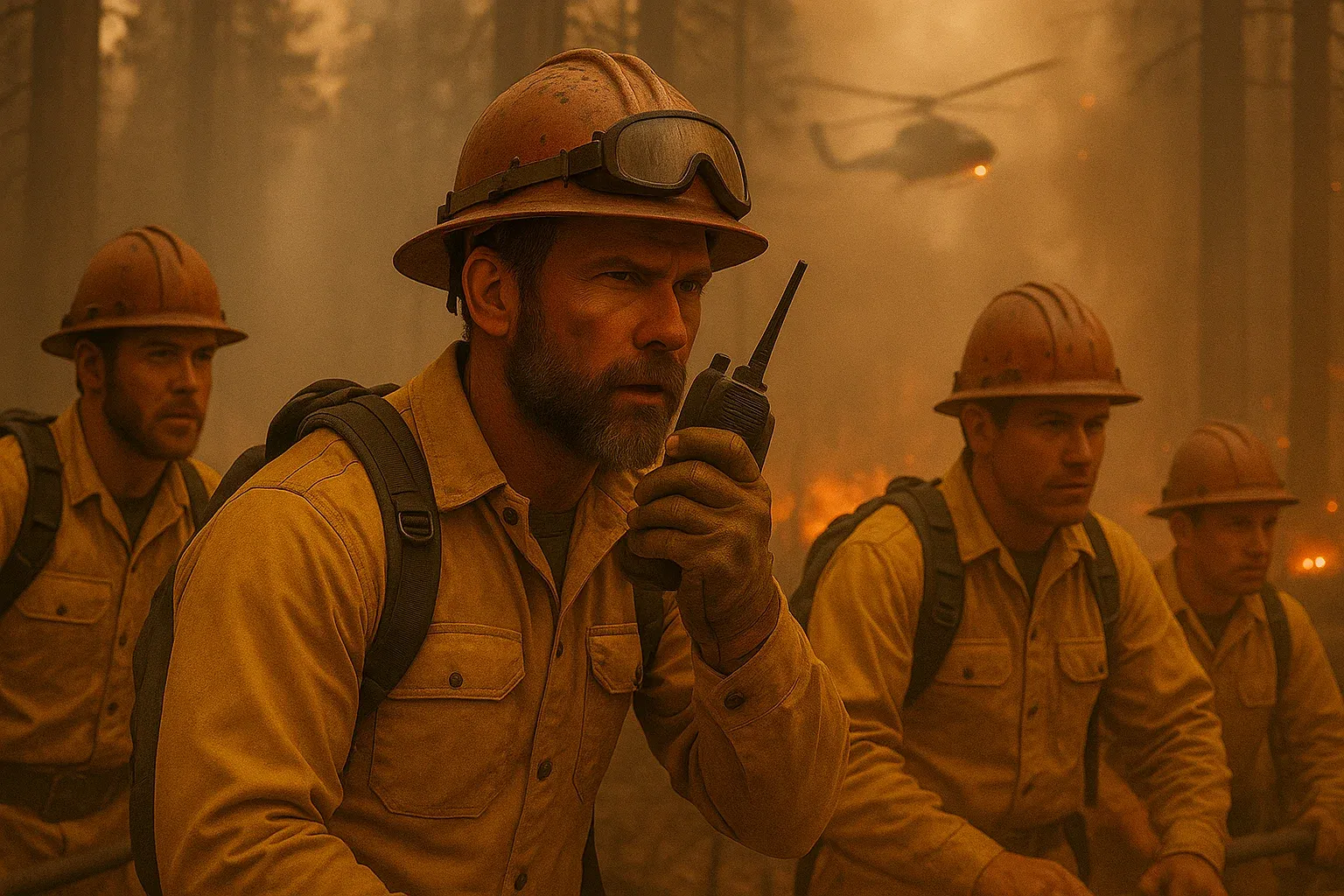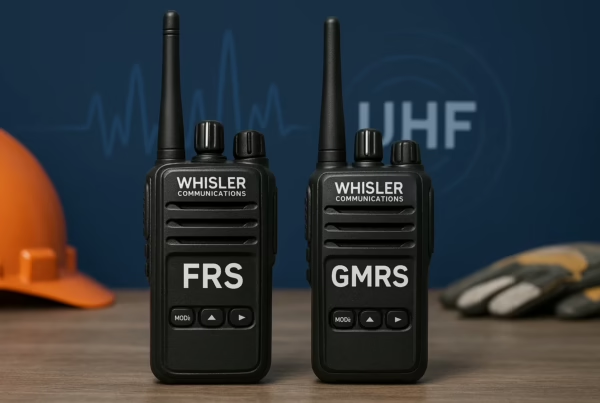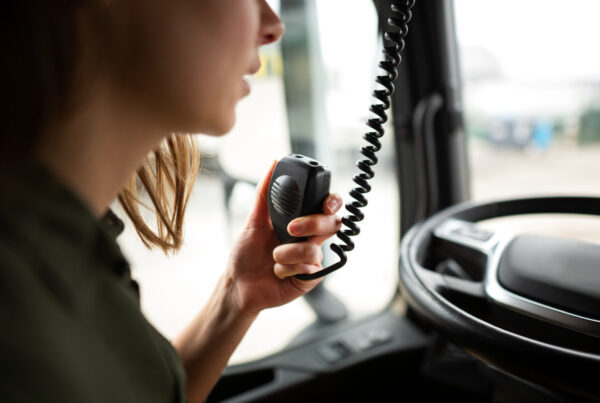When it comes to managing wildfires, reliable communication is not optional—it is essential. In remote or rugged areas where cell networks often fail, digital two-way radios remain a critical tool for coordinating teams, issuing real-time updates, and protecting both first responders and civilians.
1. Instant and Reliable Communication Without Cell Networks
Wildfire zones are typically located in mountainous, forested, or rural regions where cellular coverage is limited or nonexistent. This is where technologies like Land Mobile Radio (LMR) and trunked radio systems excel. Operating on dedicated frequencies, these systems enable instant, one-to-many communication without relying on vulnerable commercial infrastructure.
2. Coordinated Team Communication and Centralized Command
Effective wildfire response requires synchronized communication between fire crews, air support, law enforcement, and EMS. Two-way radios provide group calling, dedicated priority channels, and seamless integration with dispatch systems. With digital standards like P25 and DMR, agencies can maintain clear voice quality over long distances and stay organized in fast-moving conditions.
3. Durable Equipment Designed for Harsh Environments
Wildland firefighters face extreme heat, smoke, dust, and water. Radios built for emergency use meet military-grade specifications and high ingress protection ratings, such as MIL-STD 810 and IP67 or higher. This ensures they continue to perform under the harshest conditions, giving responders a dependable lifeline when it matters most.
4. Safety Features That Help Protect Lives
Modern two-way radios offer more than voice communication. Built-in emergency alert buttons let users send distress signals instantly. Features like man-down detection and lone worker monitoring automatically notify command staff if a responder becomes immobile or unresponsive. GPS location tracking enhances situational awareness and supports faster rescue operations.
5. Interoperability and Long-Lasting Power
Multi-agency response efforts depend on the ability to communicate across departments and jurisdictions. Modern radio systems are built for interoperability, allowing different teams to stay connected using compatible frequencies and shared protocols. Additionally, extended battery life ensures that responders stay connected throughout long shifts without frequent recharging.
In the unpredictable and dangerous world of wildfire response, clear communication saves lives. Two-way radios offer the durability, safety features, and instant connectivity that frontline crews need to respond effectively. They are not just a helpful tool—they are an essential part of any emergency response strategy.
Looking to upgrade your wildfire communication tools?
Talk to us today about reliable two-way radio solutions tailored for first responders and emergency teams working in the field.




